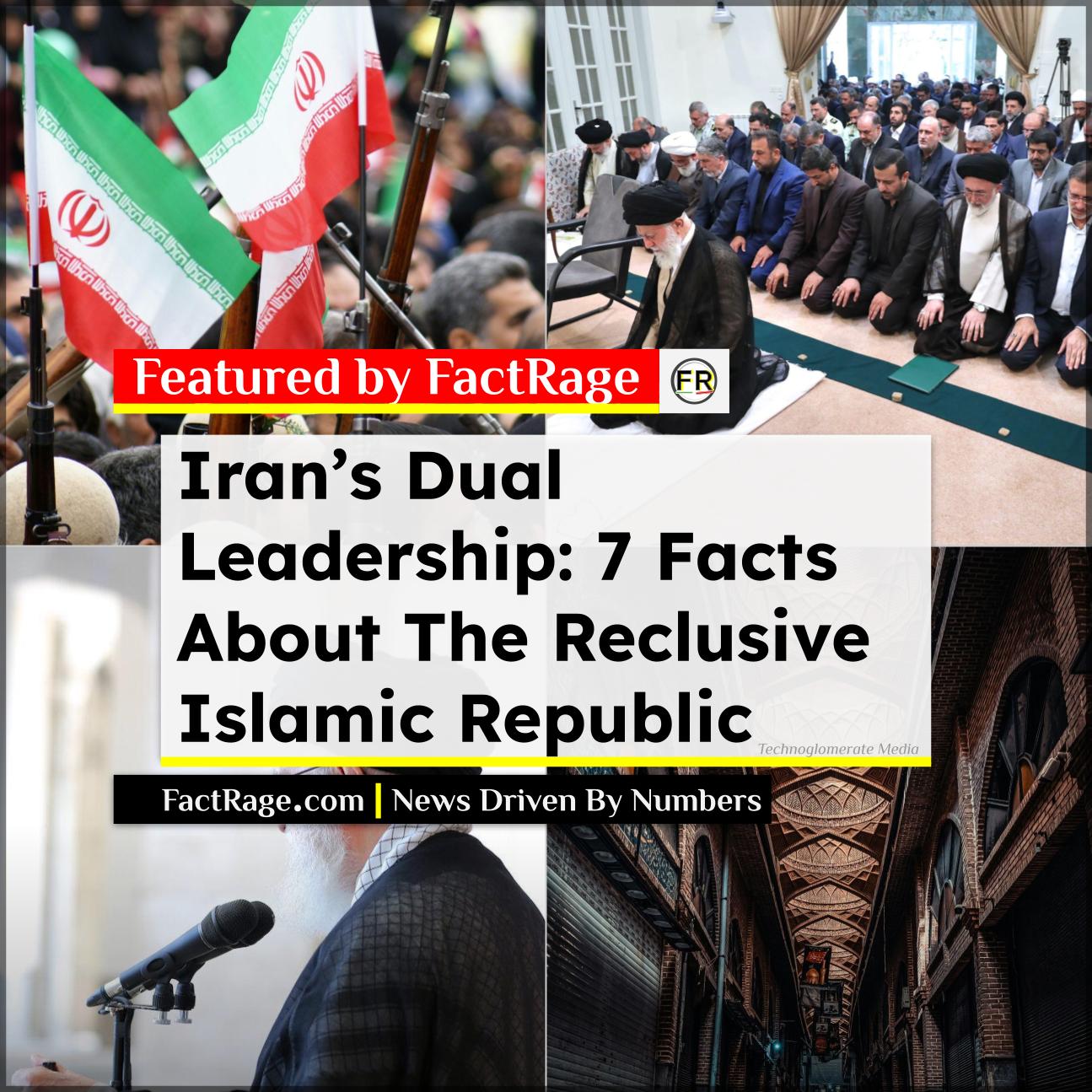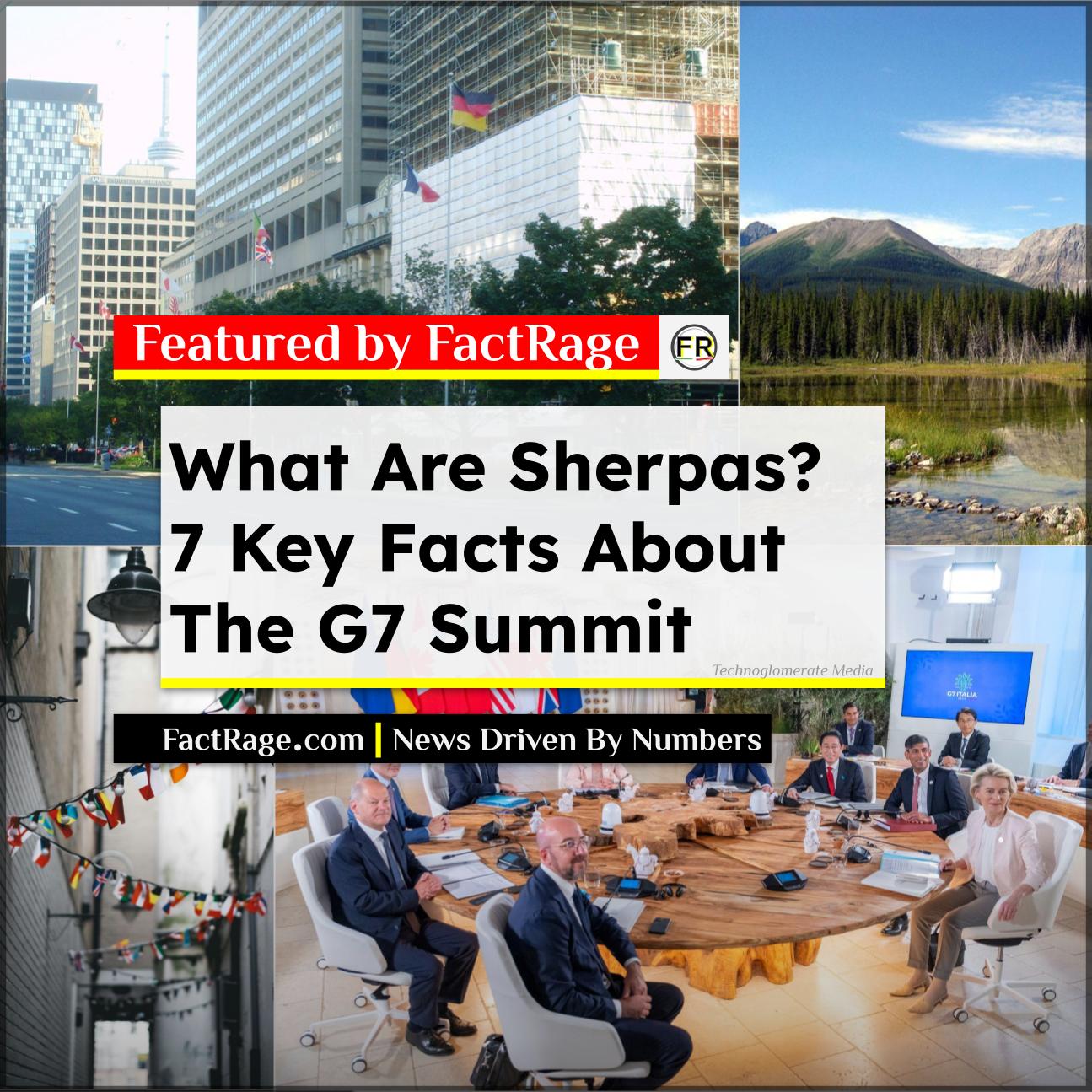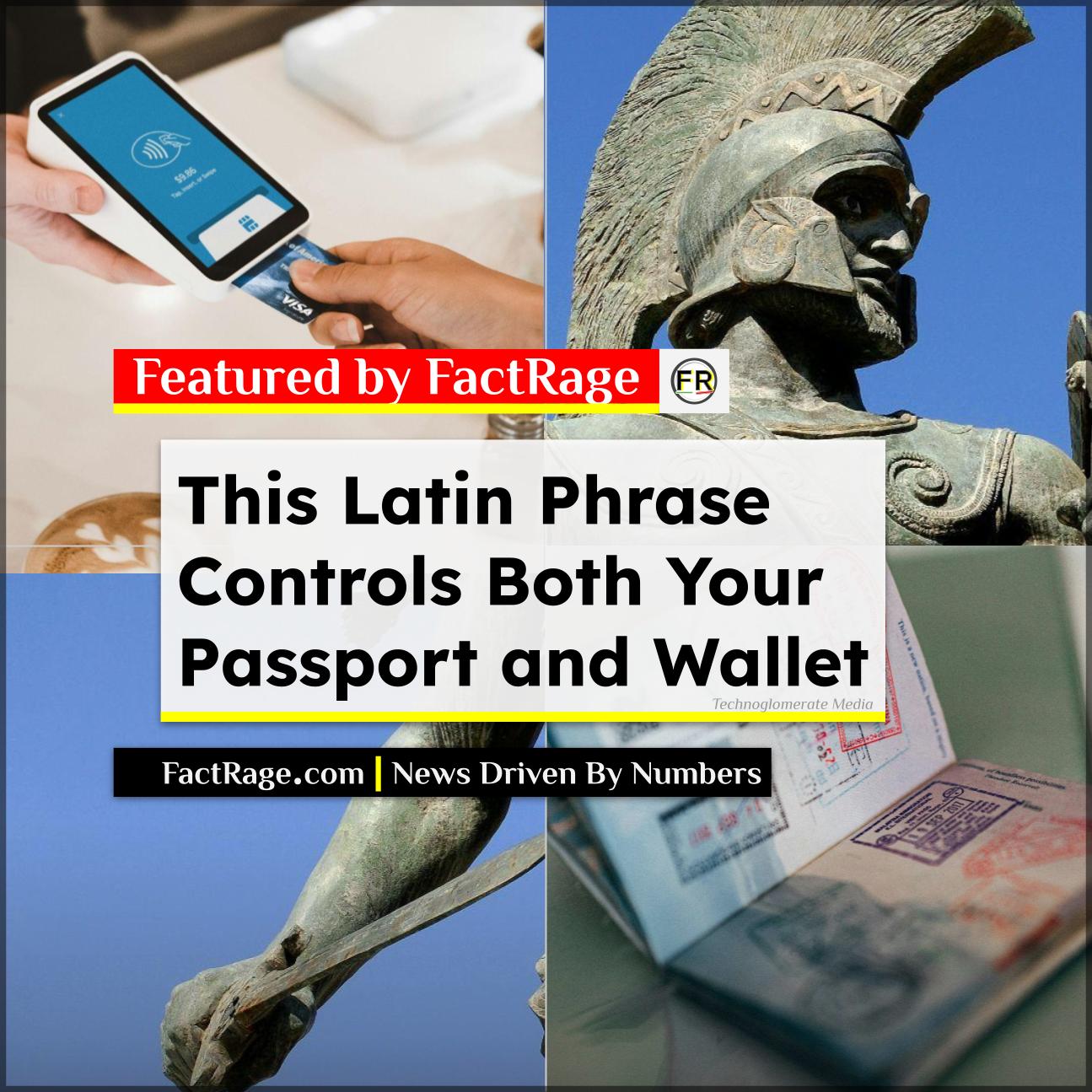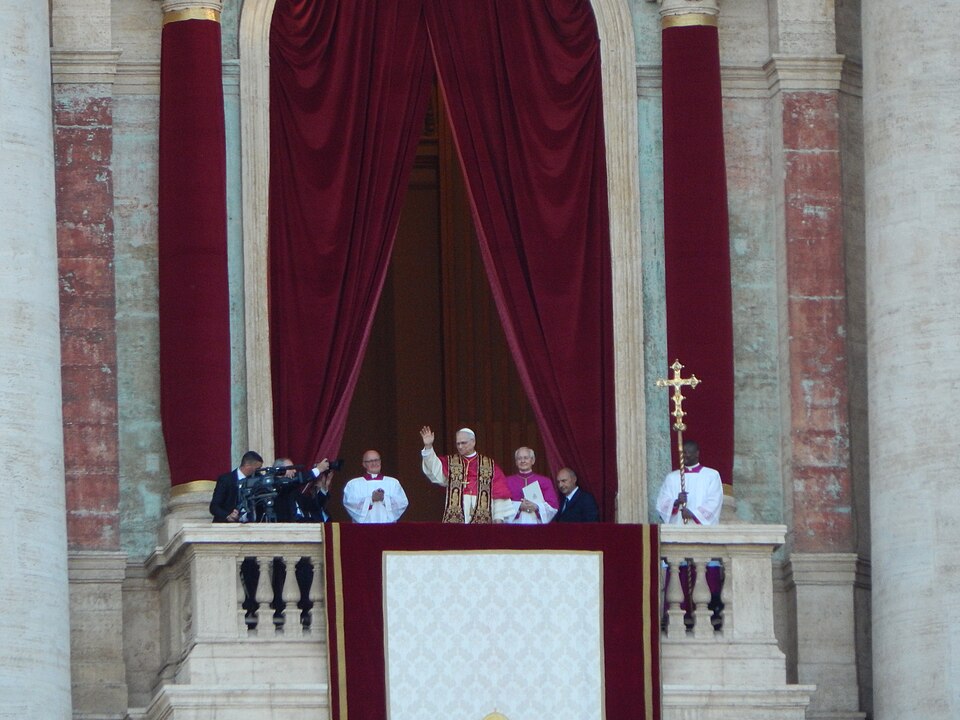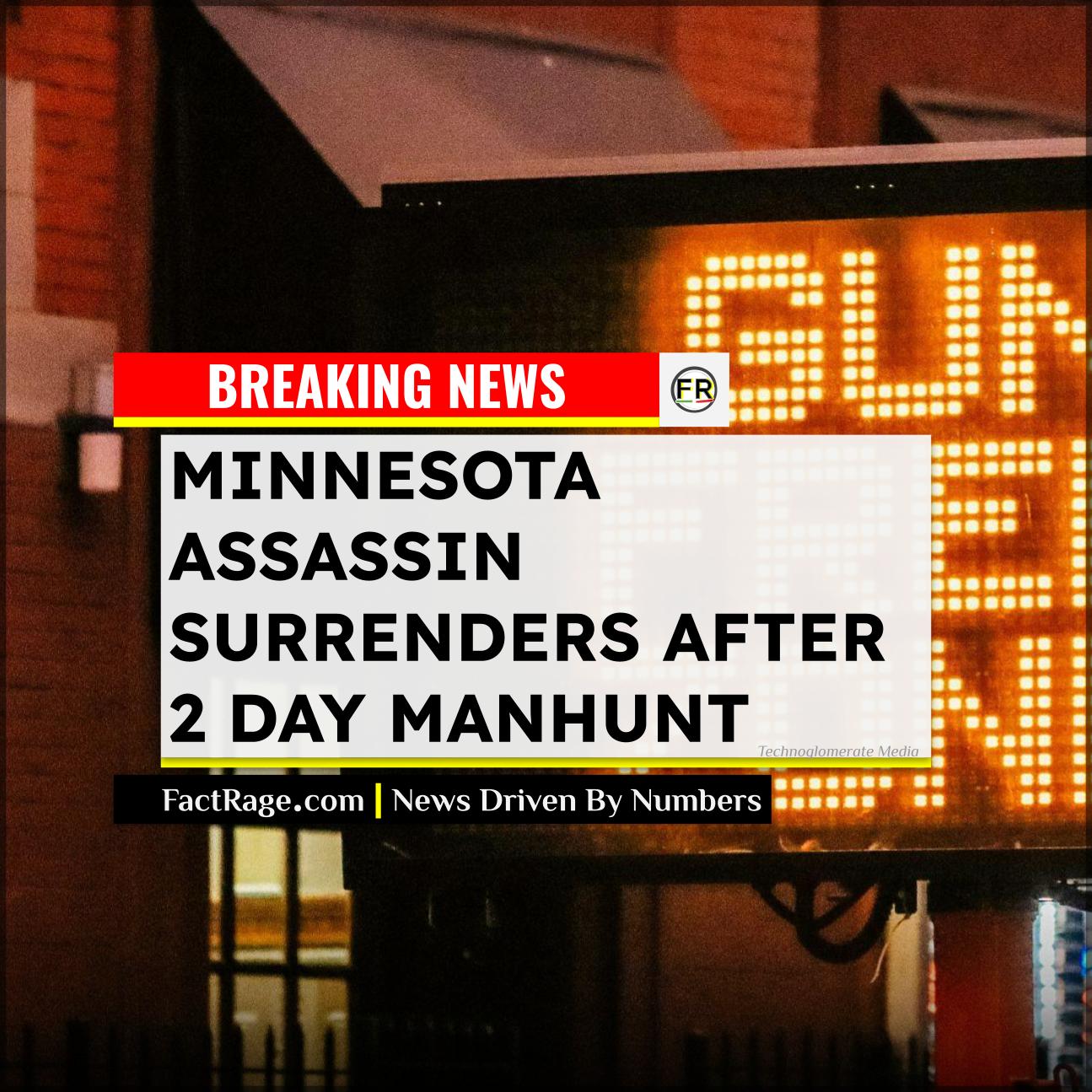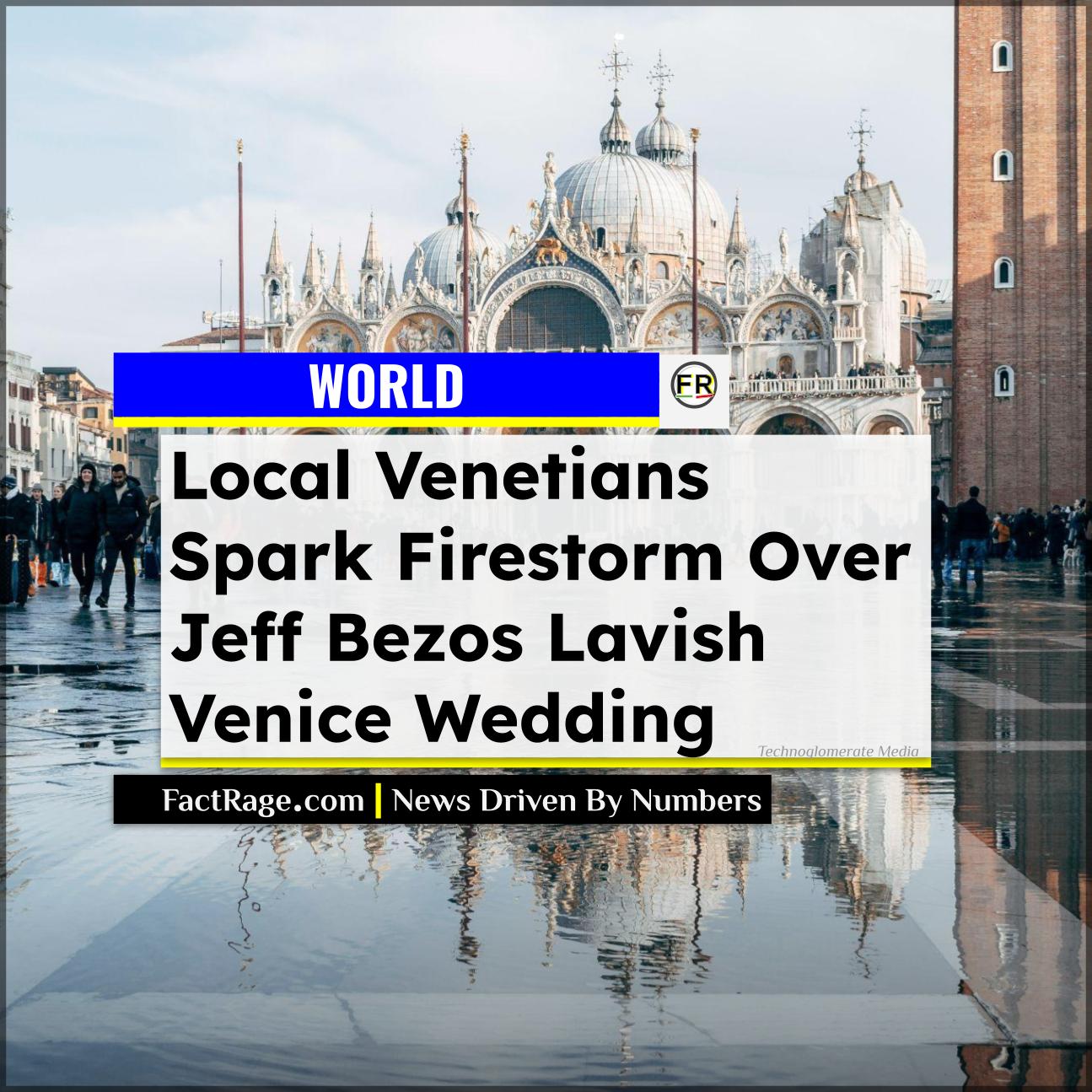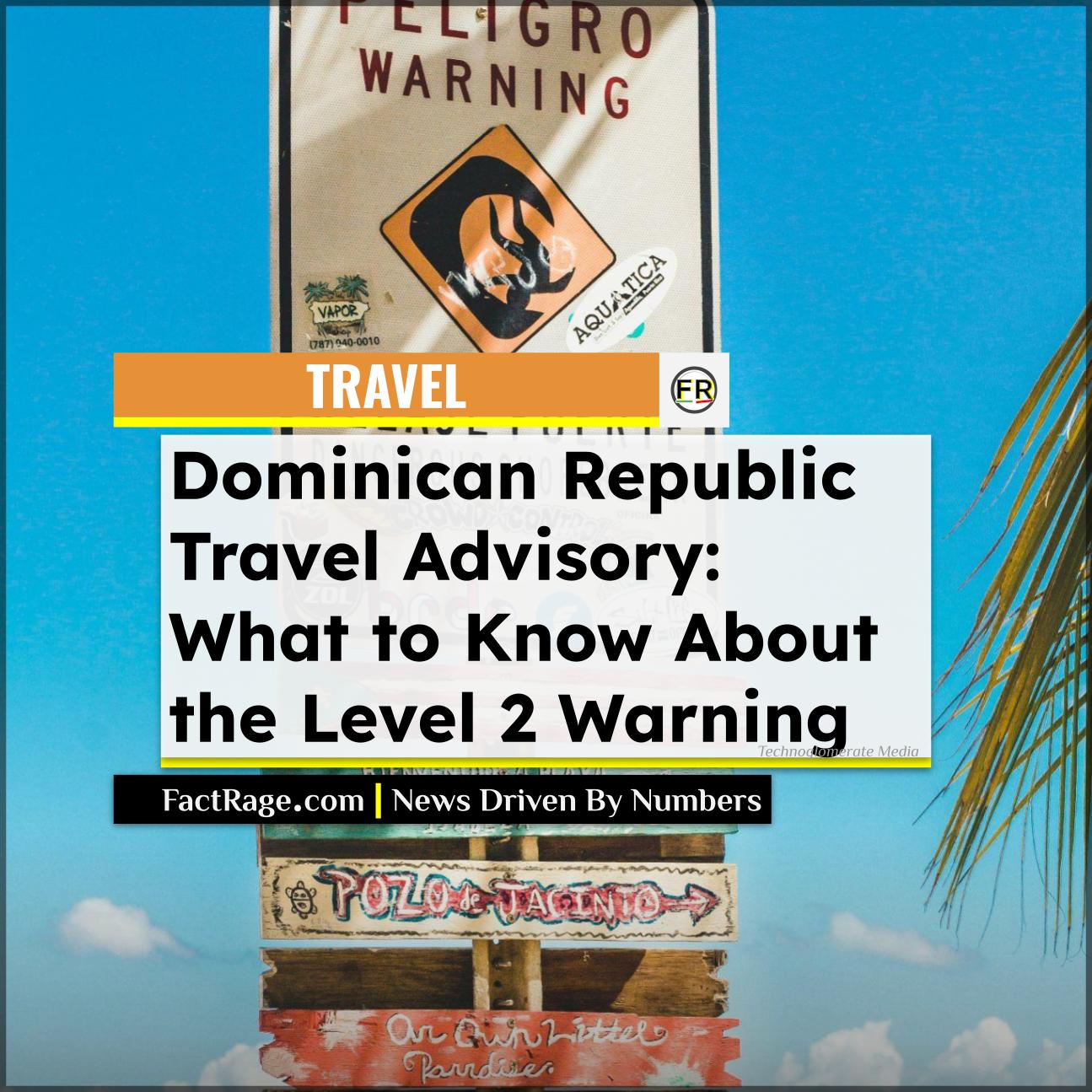For most Americans following international news, Iran’s political system can seem confusing. Why does the country have both a president and a “Supreme Leader”? And who actually calls the shots when it comes to nuclear deals, regional conflicts, and relations with the United States? Here’s what you need to know about Iran’s unique dual leadership structure.
Key Facts
- The Elected Executive – The president, currently Masoud Pezeshkian, manages the government’s daily operations but serves under the authority of their Supreme Leader.
- The Actual Authority – Supreme Leader Ayatollah Ali Khamenei holds the final power over all state matters, including the military and foreign policy, and serves for life.
- Controlled Elections – A 12-member Guardian Council, influenced by the Supreme Leader, vets and approves all presidential candidates before they can appear on the ballot.
1. The Supreme Leader Is the Real Boss
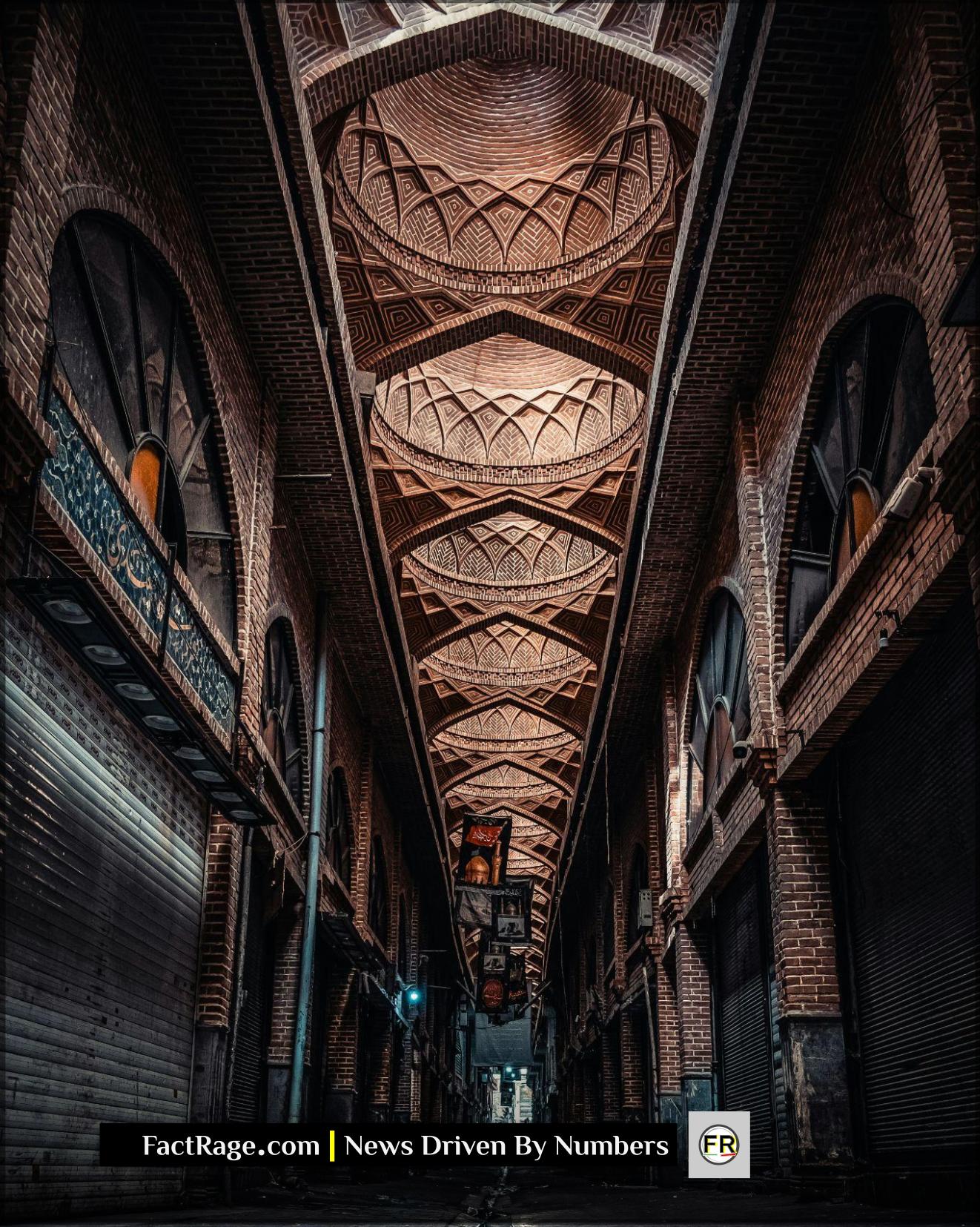
While President Masoud Pezeshkian gets headlines for his speeches and policy announcements, it’s Ayatollah Ali Khamenei, the “Supreme Leader” who holds ultimate power. Think of it this way: the president runs the day-to-day government operations, but the Supreme Leader sets the country’s overall direction. Khamenei controls the military, has final say on foreign policy, and can override or dismiss the president at any time. He’s held this position since 1989 and serves for life.
2. This System Was Born from Revolution
Iran’s dual leadership didn’t happen by accident. After overthrowing the Shah in 1979, Iran’s revolutionary leaders wanted to ensure religious authority would always have the final word over political power. They created a system where a top Islamic scholar (the Supreme Leader) would oversee elected officials, preventing Iran from becoming a purely secular democracy. It’s essentially a theocracy with democratic elements, not the other way around.
3. The President Isn’t Really “Elected” by Everyone
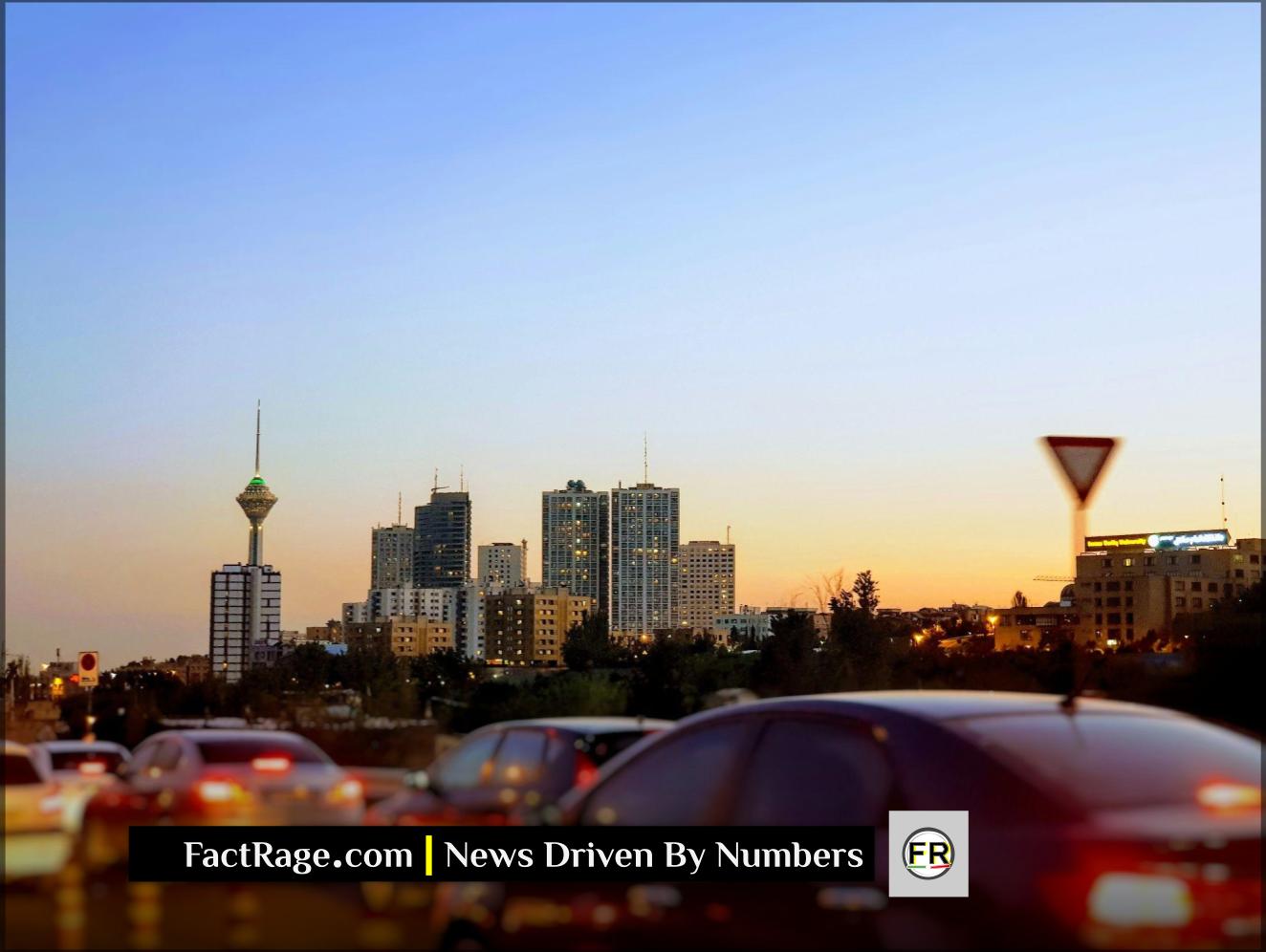
Yes, Iranians vote for their president every four years, but they don’t get to choose from just anyone. Before any candidate can appear on the ballot, they must be approved by the Guardian Council—a 12-member body whose members are directly or indirectly chosen by the Supreme Leader. This means only candidates who align with the system’s ideology can run. It’s like having a job interview before you’re allowed to campaign.
4. When Presidents Try to Reform, Tensions Explode
Some of Iran’s most dramatic political moments have come when reformist presidents clash with the conservative Supreme Leader. Hassan Rouhani (2013-2021) faced this tension when pursuing the nuclear deal with Obama, and now Pezeshkian may face similar challenges with his promises of social reforms and international engagement. The president can propose, but the Supreme Leader disposes.
5. For Nuclear Talks, Only One Voice Matters
Here’s what’s crucial for American policymakers: when it comes to major international agreements like nuclear deals, the Supreme Leader has the final say. A president might negotiate and sign agreements, but if Khamenei doesn’t approve, the deal is worthless. This is why some Iran experts argue that meaningful diplomacy requires getting buy-in from the Supreme Leader’s office, not just the presidential administration.
6. The Succession Question Could Change Everything
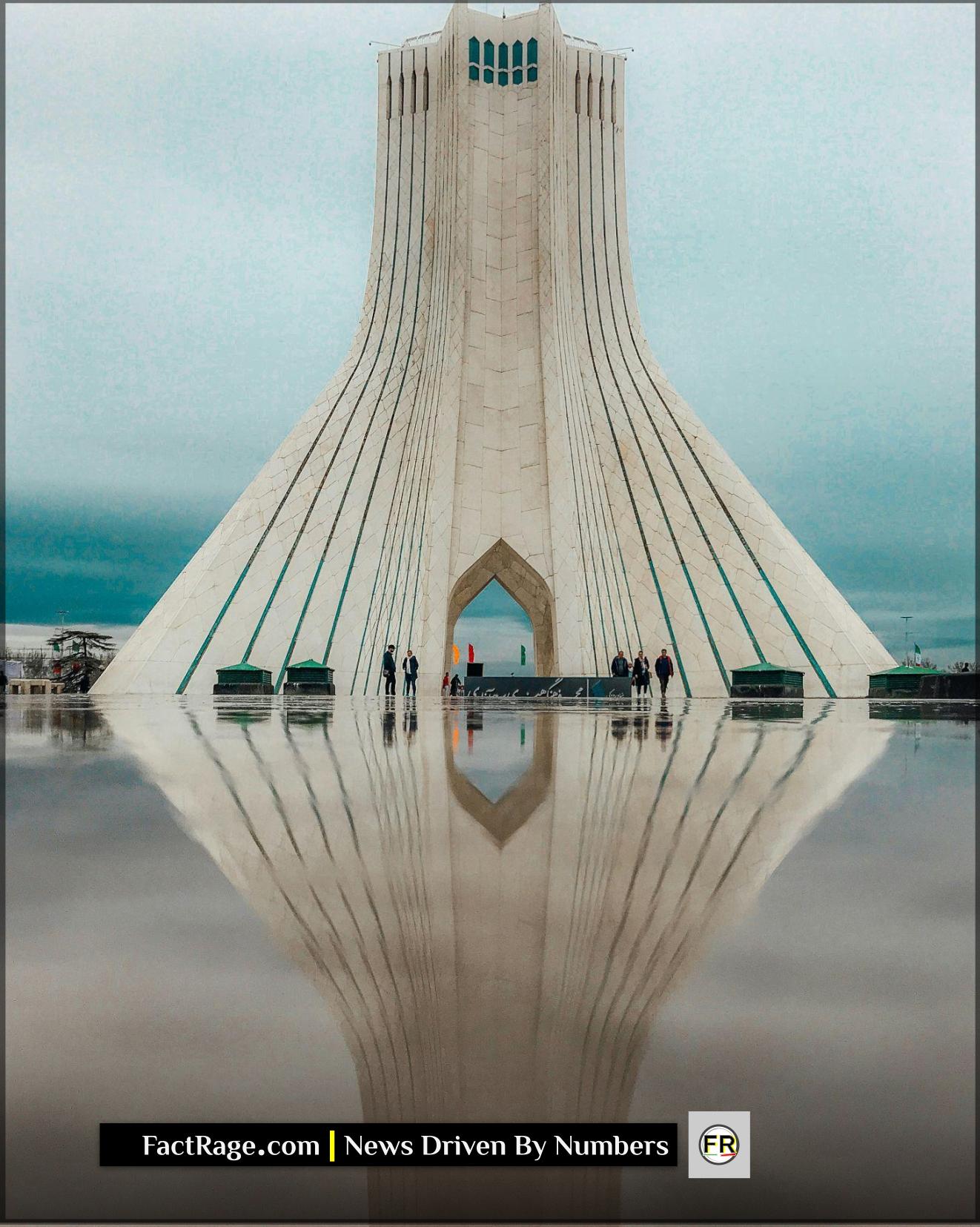
Ayatollah Khamenei is 85 years old, and his eventual succession is one of the biggest wildcards in Middle Eastern politics. The Assembly of Experts (88 senior clerics) will choose his replacement, but this transition could either strengthen the current system or potentially create openings for significant change. No one knows how this will play out, but it’s a story Americans should watch closely.
7. Understanding This System Explains Iran’s Foreign Policy
Iran’s seemingly contradictory international behavior makes more sense when you understand the dual leadership. The president might signal openness to diplomacy and engagement, while the Supreme Leader maintains a harder line on regional conflicts and relations with the U.S. This isn’t necessarily deception—it reflects genuine internal debates within Iran’s power structure. For American audiences trying to understand Iran’s next moves, watching both leaders is essential.
Why This Matters: As tensions with Iran continue over nuclear programs, regional proxy conflicts, and sanctions, Americans need to understand who actually makes the decisions in Tehran. The president may be the face you see on TV, but the Supreme Leader is the voice that counts when it comes to war and peace.

